Designers warn of 9 minimalist garden mistakes never to make if you want to nail this summer's biggest backyard trend
Minimalist gardens are very much in vogue right now – but take care to avoid these mistakes when designing yours

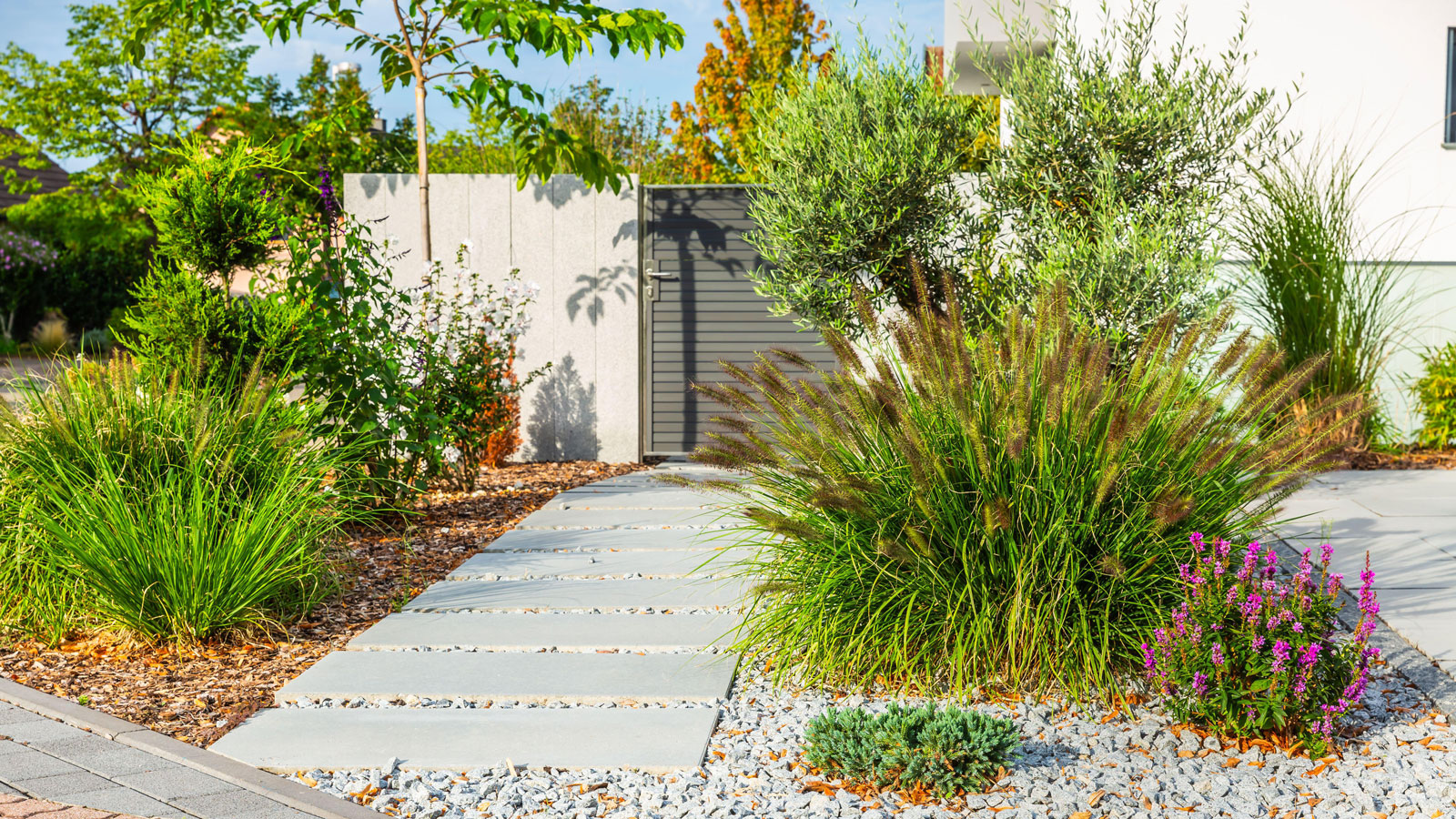
- 1. Don't overcomplicate
- 2. Be sure to think ahead
- 3. Don't forget to add some color
- 4. Don't choose fussy, high-maintenance plants
- 5. Don't neglect the texture factor
- 6. Don't overfill (or under-fill) the space
- 7. Don't mix in too many styles
- 8. Don't ignore proportion and scale
- 9. Don't neglect lighting as a design element
- FAQs
It’s one of the most enduring trends when it comes to our outdoor spaces, but less isn’t always more – especially if you fall into the trap of making one of the top minimalist garden design mistakes.
You'd be forgiven if you've ever assumed that learning how to design a minimalist garden is easy; its trademark clean lines, curated foliage, and zen-like vibes do, after all, positively radiate simplicity. The reality, though? Well, let's just say it’s easy to fall into the trap of 'minimal' becoming 'meh'.
From stark courtyard gardens that feel more sterile than serene, to minimalist plantings that forget to factor in seasonal shifts, the pared-back approach can often end up looking sparse, flat, or just plain uninspired. So, how best to avoid this?
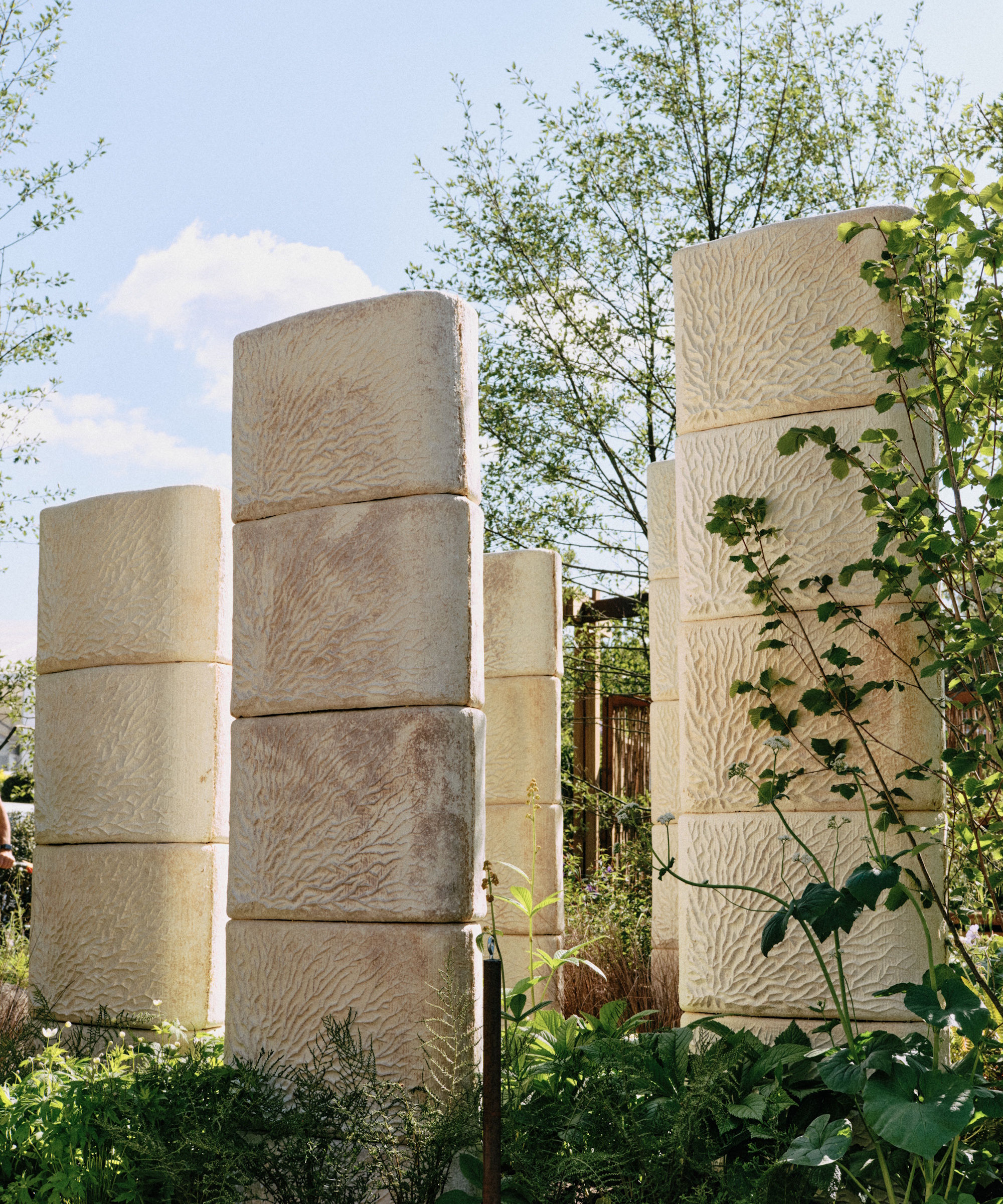
9 minimalist garden mistakes to avoid
You might think that shifting your focus to ornamental grasses, evergreen shrubs, and low-maintenance drought-tolerant plants is enough to help you avoid making any minimalist garden mistakes.
As ever, however, there is more to it than just that, which is why we've consulted some of our favorite horticulturalists and garden designers for their top tips on how to keep your minimalist garden looking its best.
1. Don't overcomplicate your design
One of the biggest minimalist garden design mistakes you can get? Failing to keep things simple.
'The key is in the word minimalist!' says Ellen Mary Webster, author and professional gardener. 'Honestly, the top mistake in these style of garden designs is overcomplicating the space.
Design expertise in your inbox – from inspiring decorating ideas and beautiful celebrity homes to practical gardening advice and shopping round-ups.
'This could look like using too many plants or varieties of plants, using lots of different hard landscaping materials and basically getting carried away at the garden center.'
Ellen Mary adds that 'minimalist gardens tend to have a limited colour palette, using just 2-3 materials and 3-5 plant varieties with intentional, well situated seating areas'.
'Restraint is everything,' agrees Shireen Zia, an award-winning designer and principal of EcoGardens Landscape Design. 'A minimalist garden isn’t the place to showcase your full plant collection.'
Essentially, then, take care to 'stick to a limited number of species and use repetition to create rhythm and cohesion', advises Shireen.

Ellen Mary is an experienced horticulturist, author and wellness advocate, and has appeared on TV in the USA and the UK. She has also spoken at shows around the world for many years, including BBC Gardeners World Live and RHS Hampton Court to name a few, and as a copywriter has articles published in many magazines, including Amateur Gardening Magazine and Grow Your Own.

Shireen Zia is an award-winning landscape designer and principal of EcoGardens Landscape Design. Known for her modern, ecologically grounded approach, Shireen creates gardens that celebrate sustainability, seasonal beauty, and a deep connection to place. Her work blends minimalist structure with Mediterranean softness, inviting both people and pollinators to thrive.
2. Be sure to think ahead
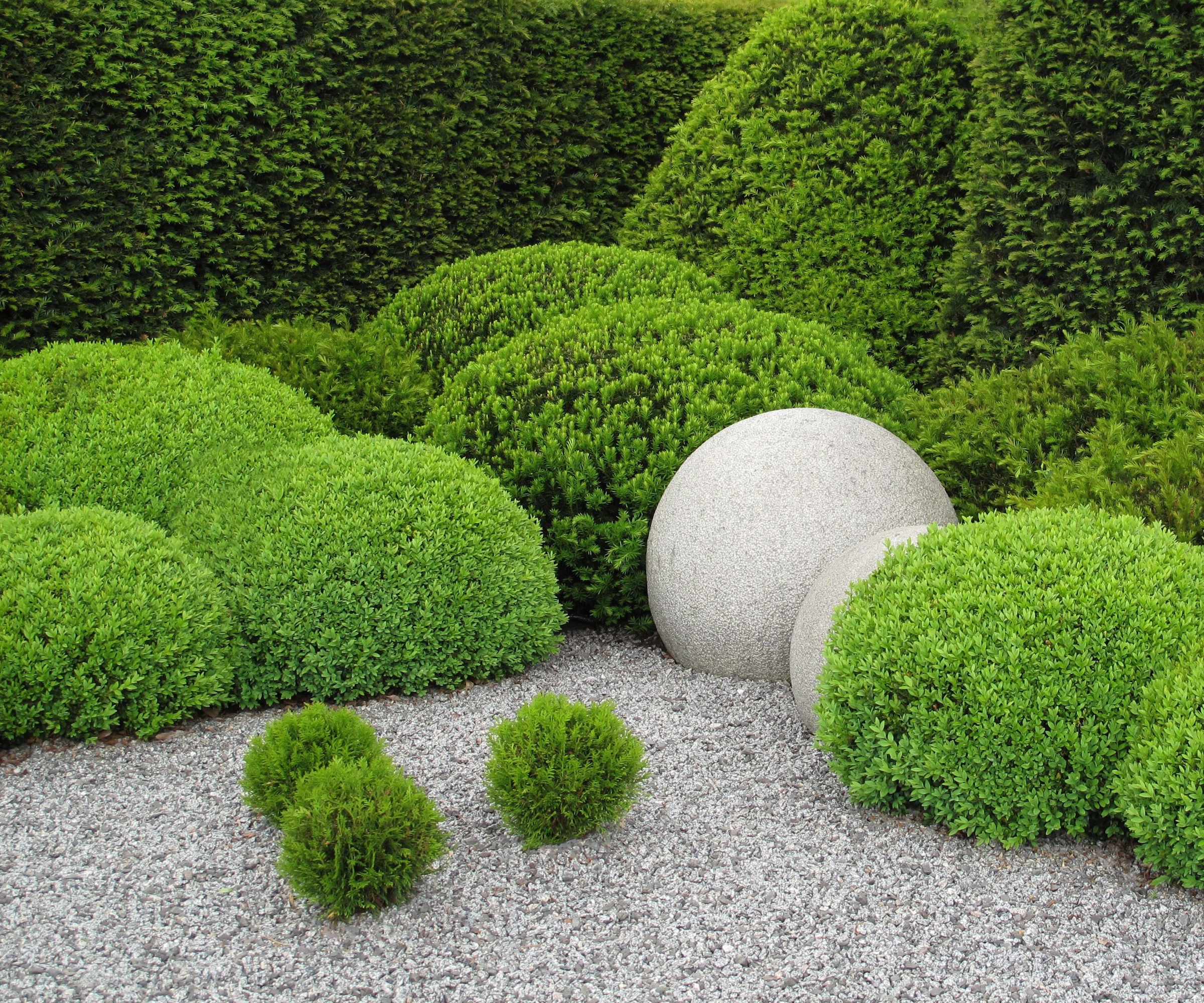
We've touched upon this already, but another major minimalist garden design mistake is failing to consider how your outdoor space will look as the seasons shift and change; what looks lush and green now, for example, may be barren come winter.
'In aiming for year-round simplicity, some gardeners forget to plan for seasonal transitions,' says Alexander Betz, landscape designer and founder of Plant by Number.
'A garden that looks sleek in spring may look bare when temperatures dip, so be sure to include evergreen structure, plants with winter interest (like bark, berries, or dried seed heads), and well-places lighting to carry the design through all seasons.'
On that same note, Ellen Mary advises that you 'think ahead about how the garden will grow in the future'.
'Planting without considering mature size and the needs of the plant could mean more care is needed, changes in the future which can disrupt the design, awkward shapes or sizes of trees and shrubs which detract from the minimalist appearance and more care than perhaps you have time for,' she points out.
It's for this reason that Andrew says to include those 'plants that are relatively slow growing, including dwarf or semi-dwarf plants'
Something like Walmart's Hawaiian dwarf mango tree, ideal for USDA zones 9-11, could be just the ticket.

Alexander Betz is the CEO and founder of Plant By Number. As a professional landscaper early in his career in a new industry, Alex recognized the need for a more efficient planting method. Plant By Number takes the same design files used for traditional plantings, scales them, and prints them directly onto landscape fabric, a staple in the industry.
3. Don't forget to add some color
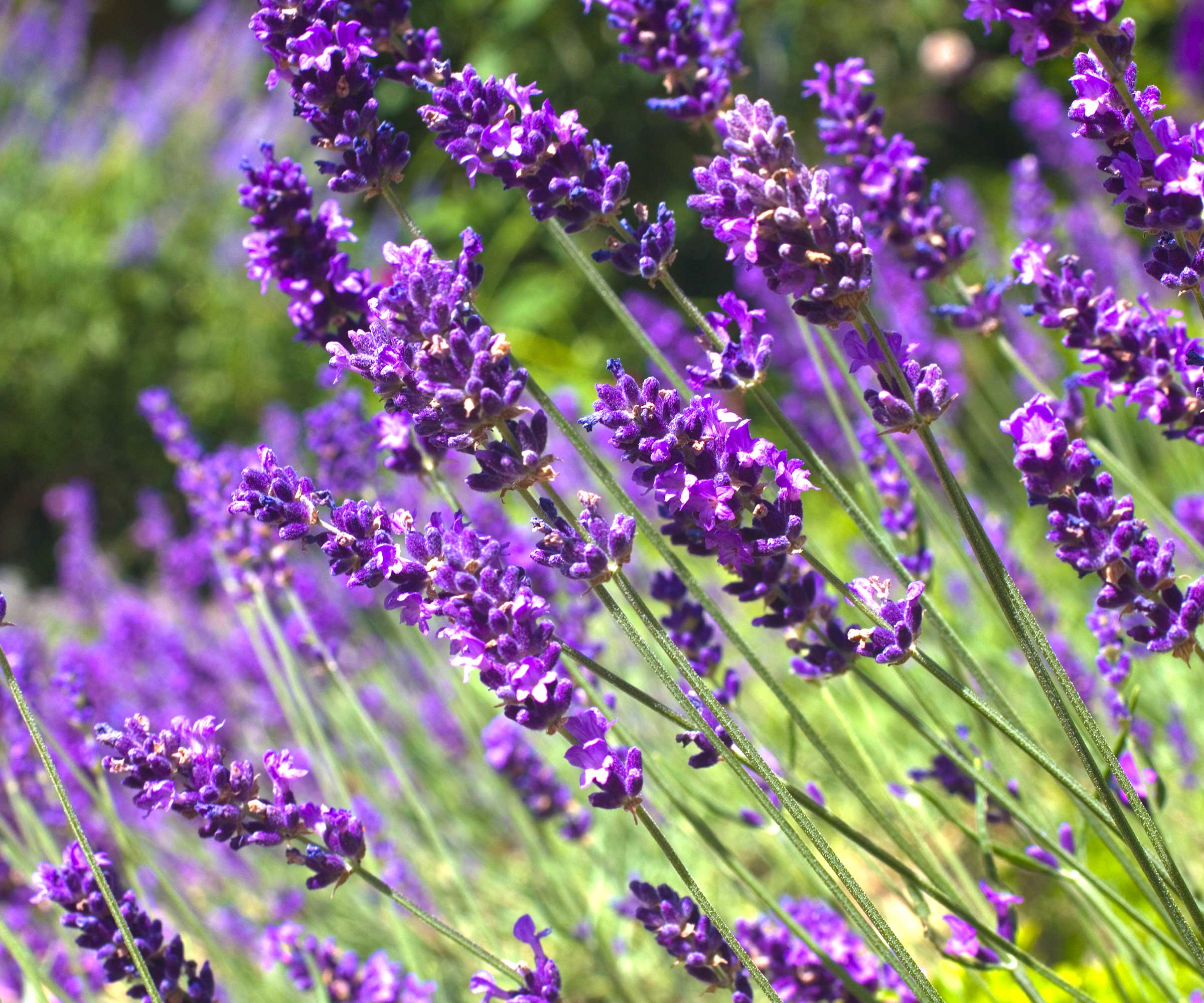
It's easy to assume that flooding your garden with colour is right up there at the top of our list of minimalist garden design mistakes, but this couldn't be further from the truth.
'A minimalist garden should have some color, so don’t plant all green plants,' says Andrew Bunting, VP of Horticulture for the Pennsylvania Horticultural Society and author of The Plant Lovers Guide To Magnolias (available on Amazon).
Whether that means planting alliums, lavender, a magnolia tree, or something else entirely, Andrew suggests you take care to ensure that there is at least one plant in flower for each season.
On that same note, the horticulturalist advises you also steer clear of 'planting for instant effect'. 'Give enough spacing between plants during planting,' he says, as 'not giving appropriate spacing will quickly result in an overgrown looking garden'.
Something like this wallet-friendly Wooden seeding spacing ruler from Walmart should help you to do just that.

Andrew Bunting is Vice President of Horticulture and leads the utilization of planting and design to promote environmentally sound gardening practices at PHS. Prior to arriving at PHS, Andrew worked at the Chicago Botanic Garden, Chanticleer Garden, and the Scott Arboretum for a tenure of 27 years, and has received many commendations for his work. In 2015, Andrew published his first book, “The Plant Lover’s Guide to Magnolias.”
4. Don't choose fussy, high-maintenance plants
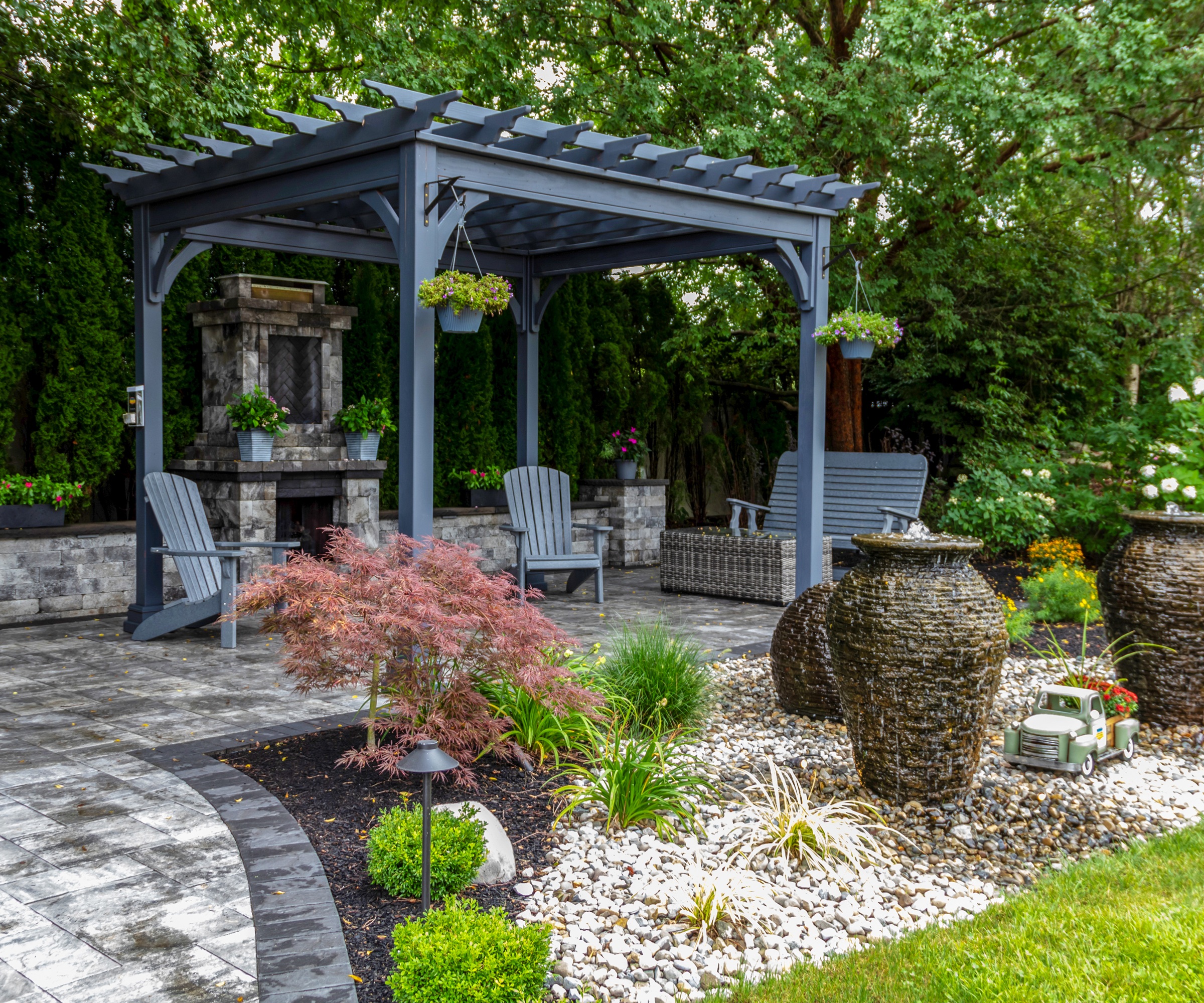
'Minimalism isn’t just about fewer plants, it’s about choosing the right plants, says Alexander, who points out that most minimalist garden design mistakes happen 'when people choose fussy, high-maintenance species that clash with the low-maintenance ethos'.
'Instead, opt for architectural or sculptural plants like ornamental grasses, evergreens, sedums, or native plants with clean lines and consistent habits,' he says.
Shireen agrees, noting that 'overly demanding plants disrupt the effortless feel and require upkeep that contradicts the ethos of minimalism'. To help prevent this, Andrew suggests that you look up the pruning schedules for all of the plants you're considering for your outdoor space before you commit to them.
'Knowing when to prune-selective and targeted pruning can be used to manipulate certain plants to maintain desired effects such as hedges, espaliers and topiaries. Not pruning these types will result in shabby plants,' he says simply.
Be sure, then, to keep a pair of sharp secateurs on standby; the BN-LINK 4 Pack garden pruning shears from Walmart should see you through.
5. Don't neglect the texture factor
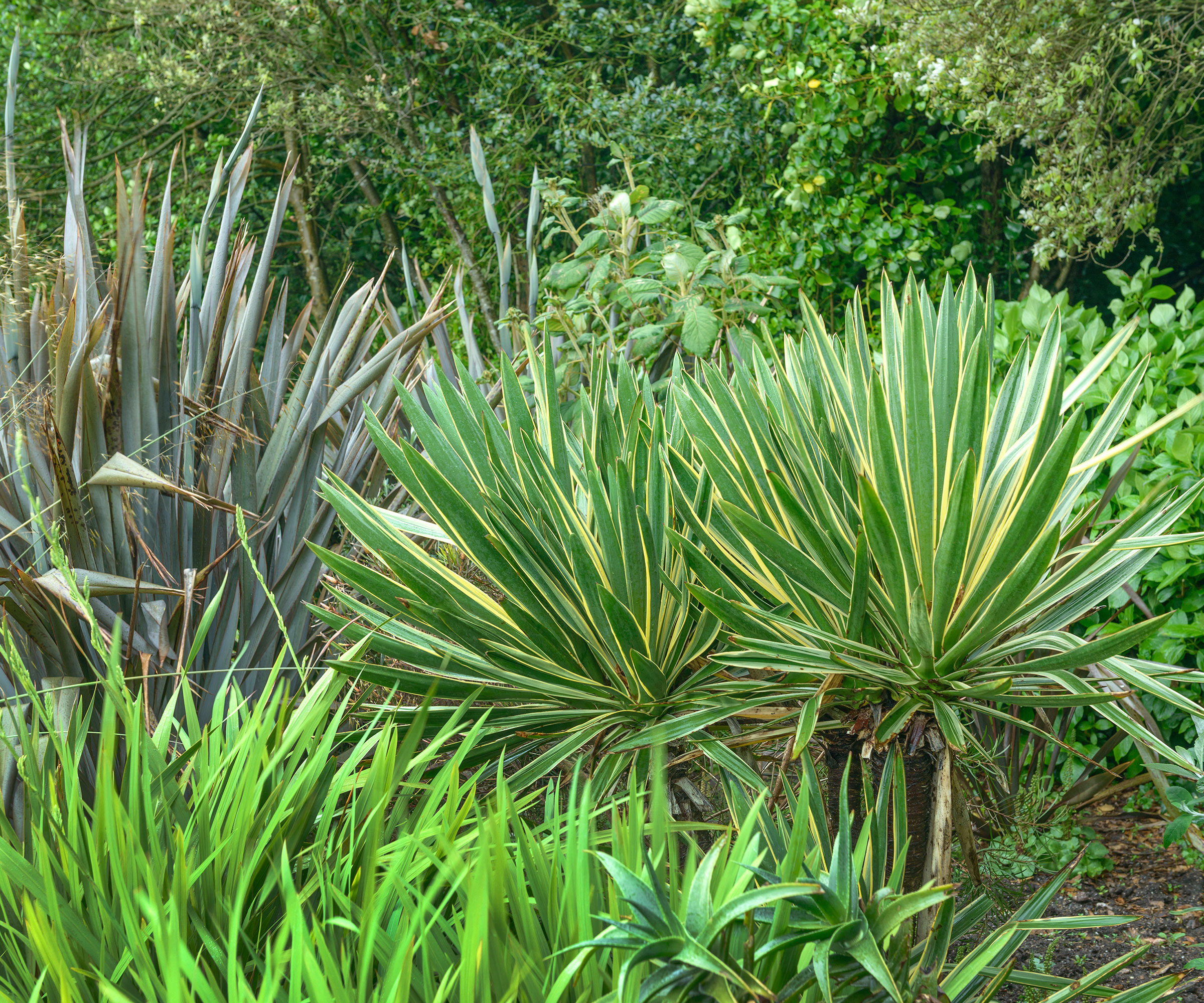
An unexpected minimalist garden design mistake to avoid at all costs? Failing to consider the texture of your outdoor space, as well as the look of it all.
'In any garden, texture can make such a big difference to how the garden looks and feels but perhaps none more so than a minimalist garden,' says Ellen Mary, who says it’s 'possible the space will feel "flat" if everything is either all smooth or has similar textures'.
This doesn't just mean your planting scheme; if you're designing a garden from scratch, Ellen Mary says you should also 'consider how the hard landscaping materials work with the plants'.
'If you use a rough stone, for example, plant with soft foliage close by to provide interest and dynamics,' she says.
6. Don't overfill (or under-fill) the space
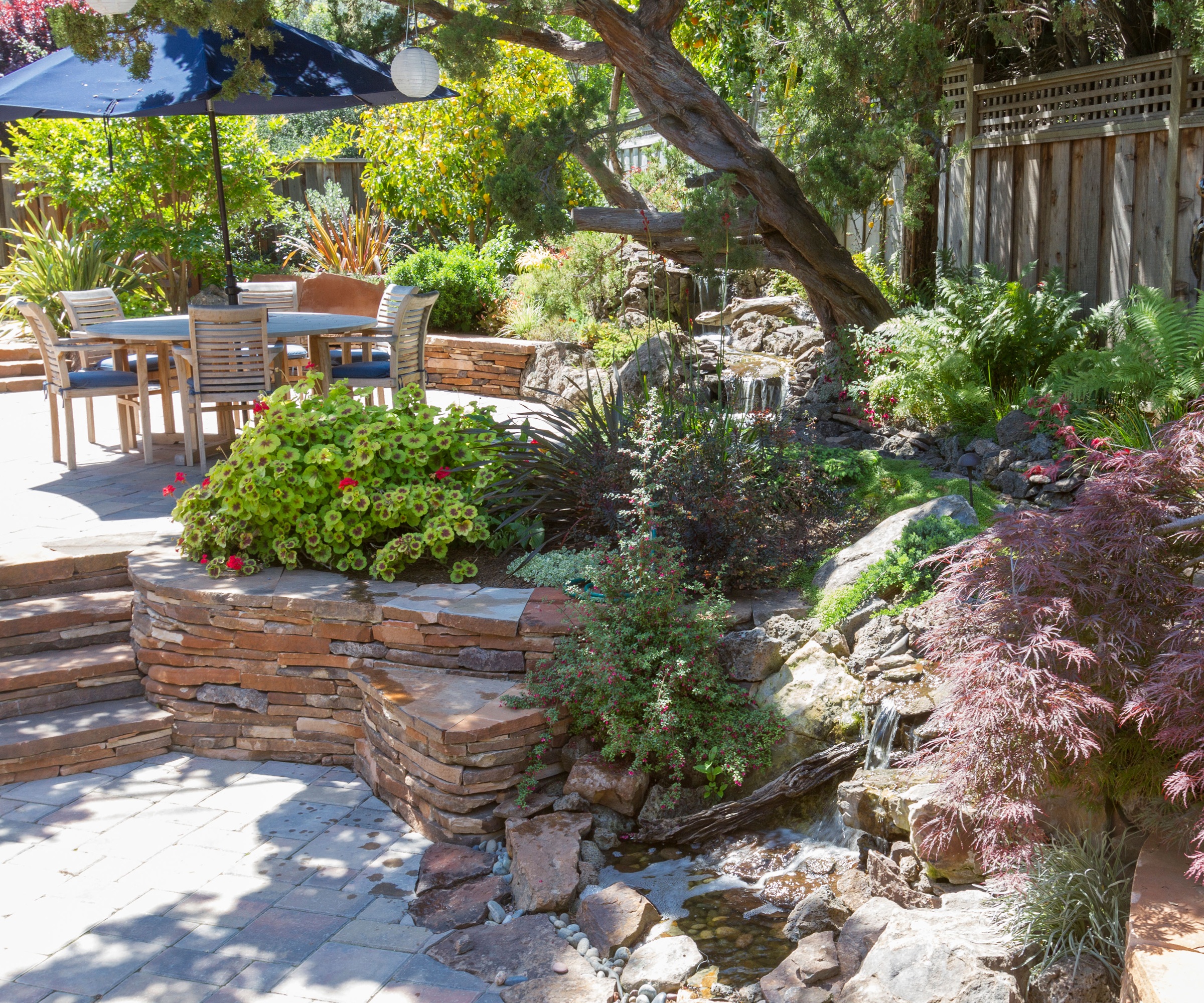
Confusing minimalism with 'bare' or 'empty' is one of those surprising minimalist garden design mistakes that too many fall foul of.
'Minimalist gardens are clean and intentional, not lifeless. People often strip too much away, leaving a space that feels stark or unfinished,' says Alexander. 'A true minimalist garden uses restraint without sacrificing warmth, texture, or visual interest. Think fewer plants, but with bold form, strong structure, or contrast in foliage.'
That being said, Shireen points out that there is such a thing as overfilling your garden borders, too.
'Negative space isn’t empty; it’s intentional,' she says. 'Crowding a minimalist garden with too many features dilutes its power. Let space breathe.'
7. Don't mix in too many styles
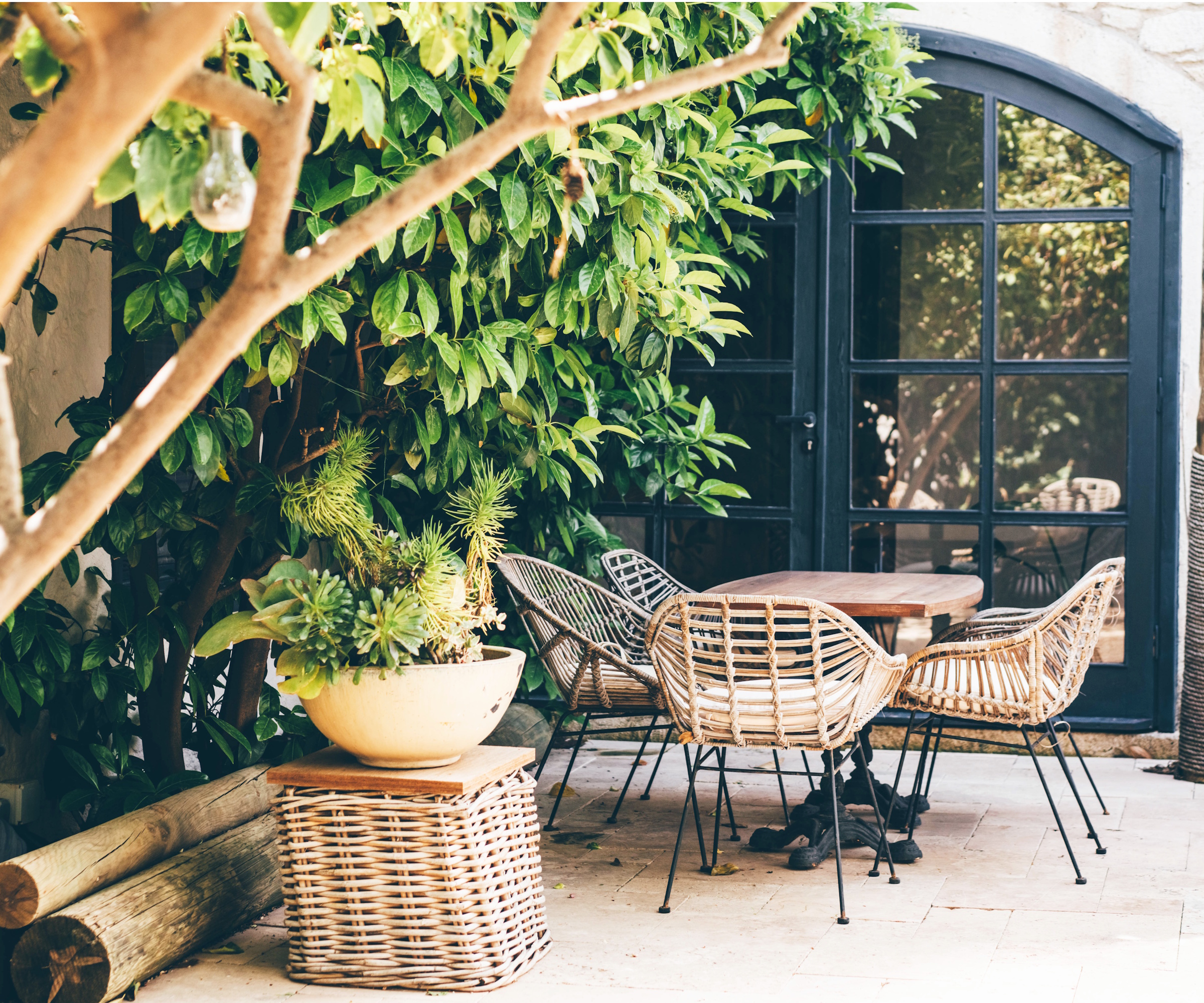
Another of those minimalist garden design mistakes that the pros take care to avoid is mixing in too many garden styles.
'It's all too easy to unintentionally create a maximalist style rather than keep a garden flowing, intentional and easy to care for,' says Ellen Mary.
'For example creating a corner with a Japanese garden theme to it, but having English cottage garden perennials in borders and then a wildflower corner in another area of the garden will result in an inconsistent style.'
She notes that, 'while elements of all garden styles can be used (and even a minimalist garden can be very pollinator friendly), this should be intentional and well thought through'.
8. Don't ignore proportion and scale
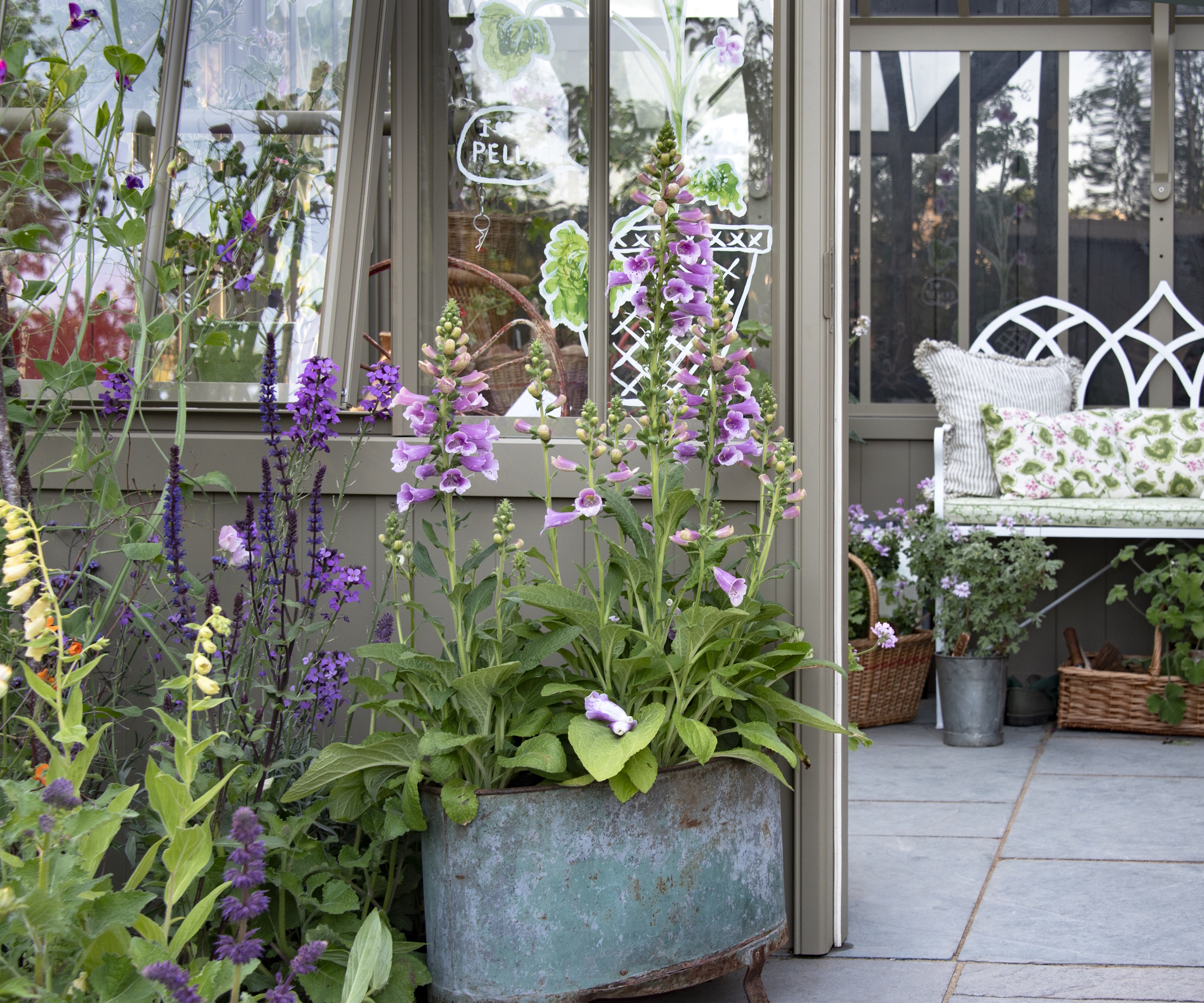
In almost every other instance in our lives, size really shouldn't matter. When it comes to a serene outdoor space, though, failing to account for size is one of those minimalist garden design mistakes best avoided.
'In minimalist spaces, every element counts. One oversized pot or undersized tree can throw off the entire composition,' says Shireen. 'The architecture should guide your scale choices.'
You can get a set of two Worth tall round planters from Amazon for a very reasonable price, if you're looking for a container to build your design around.
9. Don't neglect lighting as a design element

Be sure to brush up on all the best outdoor lighting ideas if you want to avoid making a major minimalist garden design mistake; there's no point designing a beautiful space, after all, if nobody can see it (or if it's lit up Las Vegas after sundown).
'Lighting should sculpt the space, not overwhelm it,' says Shireen. 'Avoid overly bright fixtures and instead opt for subtle, strategic placement that enhances structure and shadow.'
It doesn't have to be expensive or overly lavish; even something like Amazon's GIGALUMI solar lights seen above could work.
FAQs
How do you make a minimalist garden look good?
If you want your minimalist garden to look good, many designers suggest you pay as much attention to functionality as the aesthetic of it all.
'Forgetting that function is important is a big mistake with minimalist gardens. Only designing to be aesthetically pleasing can mean practicality and enjoyment of the space becomes compromised,' says garden designer Ellen Mary Webster.
'Remember to think about and create spaces for walking through the garden, seating areas and a focal point, otherwise later on these will be crammed in and disrupt the minimalist design.
Alexander Letz of Plant By Numbers Design agrees, adding that 'mistakes happen when the design looks good on paper but lacks usability, such as no shaded seating, poor drainage, or awkward flow'.
'Minimal doesn’t mean impractical. Every element should serve a purpose, even if it’s purely aesthetic,' he stresses.
Now you know the minimalist garden design mistakes to avoid, you can really set to work in earnest creating the serene and uncluttered outdoor space of your dreams.
Just be sure to remember that, while this might be a more formal garden design, you can still have fun with it, particularly if you want a warm, welcoming, and entertaining garden.

Kayleigh Dray is an experienced writer and editor within the world of digital journalism. She writes for Homes & Gardens on a range of gardening topics, from chicken keeping to landscape design. She is currently giving her own backyard a woodland-inspired makeover – and there have been whispers of a vegetable plot, too.